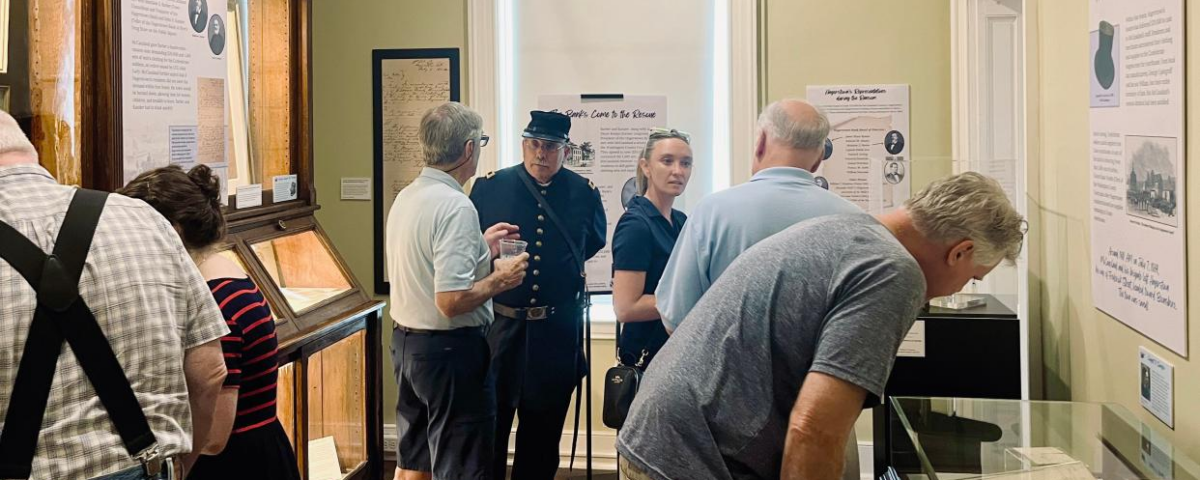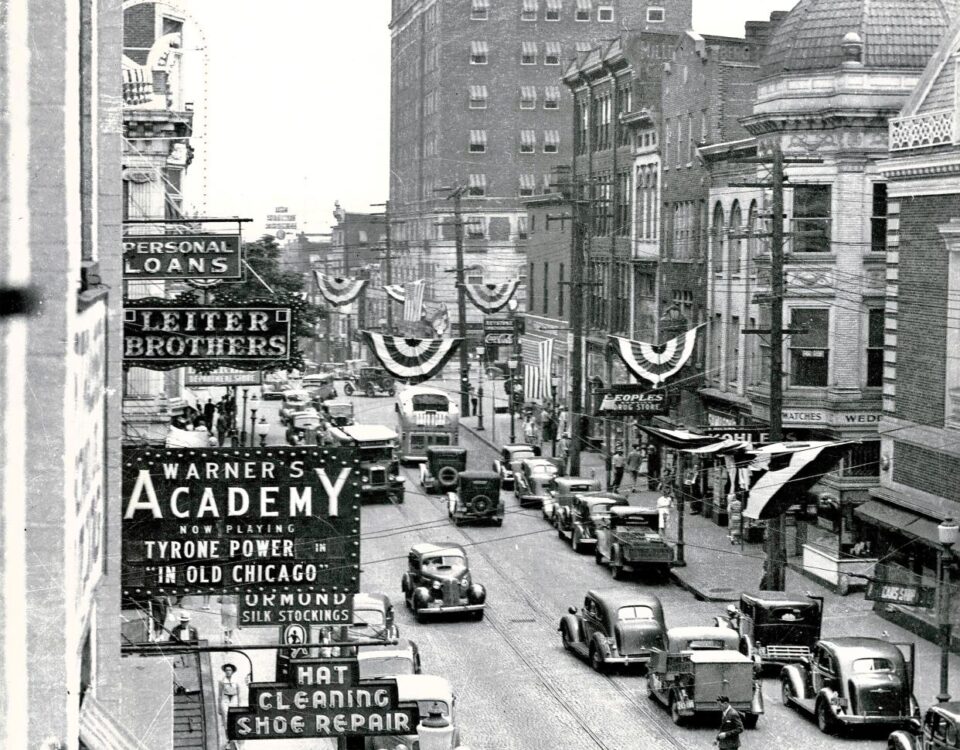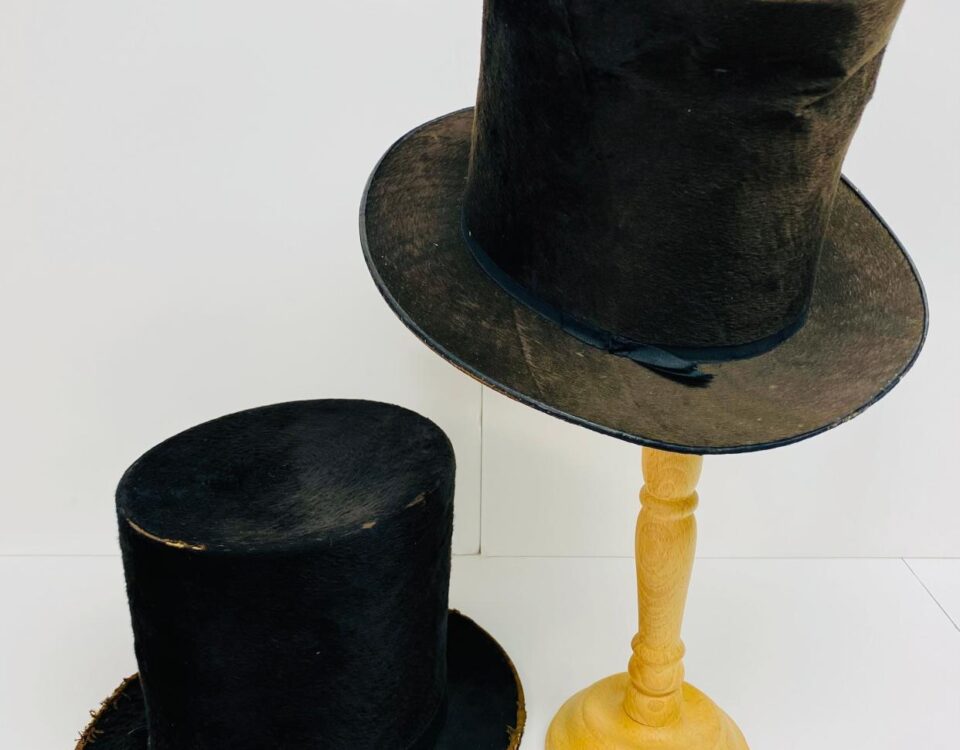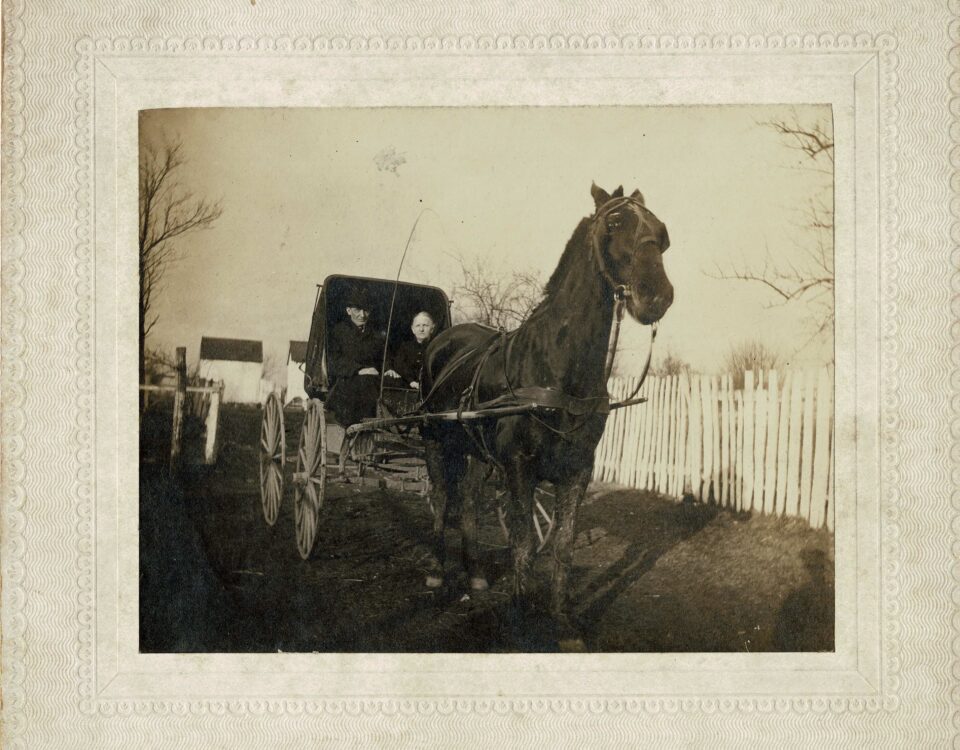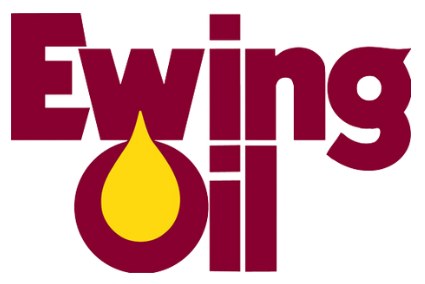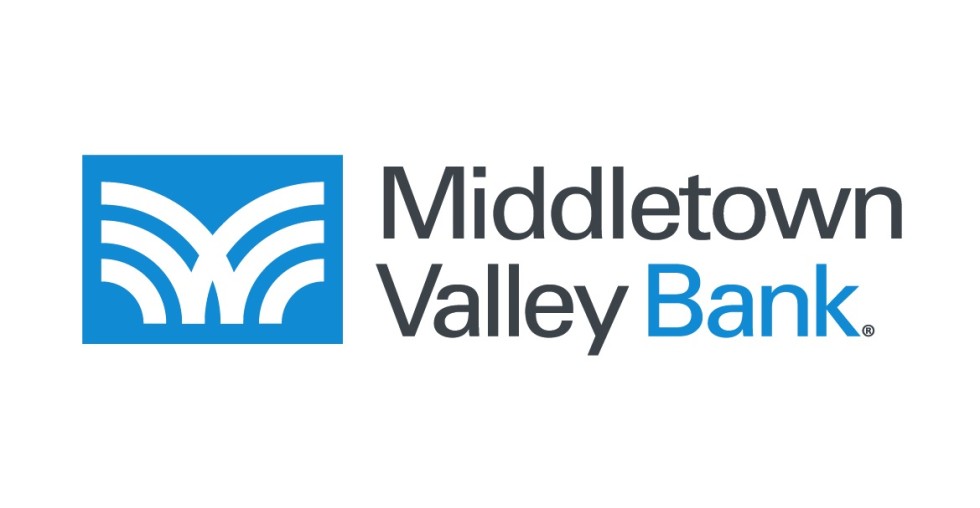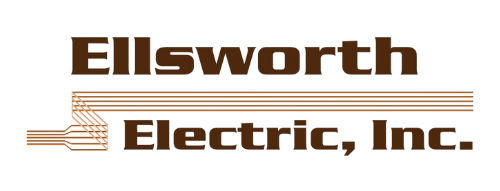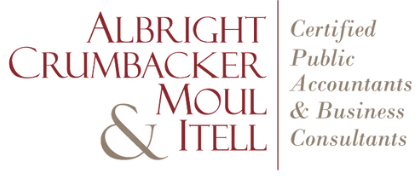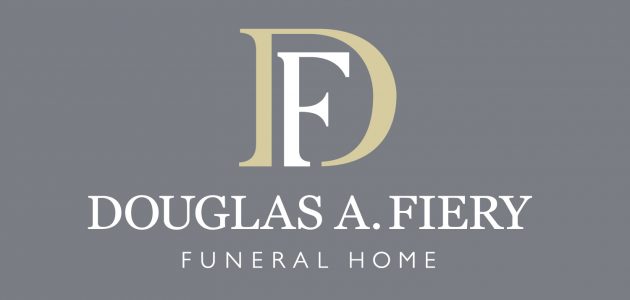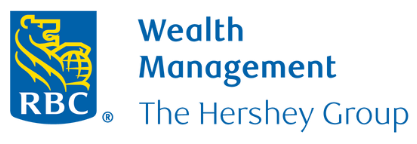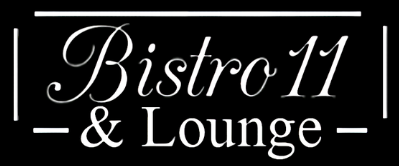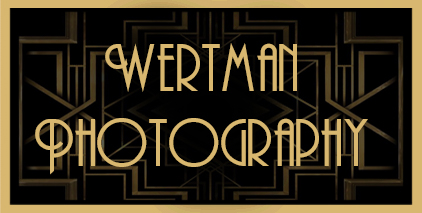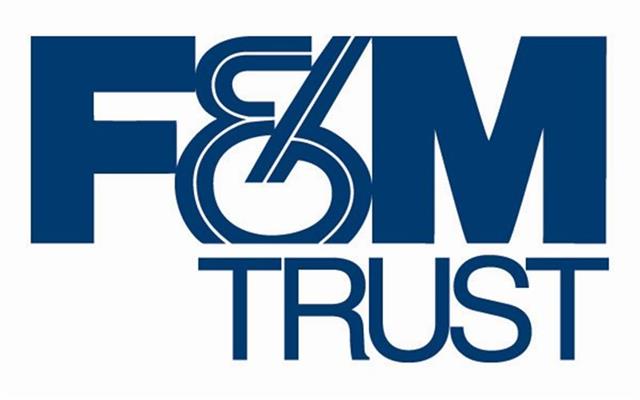$20,000 in four hours: New exhibit marks the 160th anniversary of the Ransom of Hagerstown
By Zach Brooks and Abigail Koontz
There’s a new exhibit at the Miller House Museum in downtown Hagerstown that recalls one of the most dramatic incidents in the city’s history.
As if July were not hot enough, in the summer of 1864, the fourth summer of the Civil War, Confederate Brig. Gen. John McCausland rode into town and demanded $20,000 and 1,500 sets of clothing for his cavalrymen. And if Hagerstown’s residents did not meet the demand within four hours, he promised to burn the whole town down.
By the afternoon of July 6, McCausland — who was part of a Confederate contingent led by Lt. Gen. Jubal Early and bent on taking the war straight to Washington — had taken control of Hagerstown.
Mayor John Cook, a merchant, had fled north. McCausland convened with Councilman Matthew S. Barber, who also was treasurer of the Hagerstown Bank, and bank teller John H. Kausler at Byer’s Drug Store in Public Square; and then again, joined by Hagerstown Bank president and former Congressman James Dixon Roman, at the Washington County Courthouse. They reached an agreement to raise the $20,000, though there was a dispute over the provision of 1,500 suits of clothes.
Eventually, McCausland acquiesced — insisting that local residents continue to gather as many clothes and supplies as they could.
In just four hours, Hagerstown’s leaders handed over $20,000 in cash to McCausland’s men. Residents and merchants also surrendered their clothing and supplies, which were loaded onto Confederate wagons stationed near the courthouse. The haul included the complete inventory of hats from local manufacturers George Updegraff and his son William.
With McCausland’s ransom demand met, Hagerstown was spared the fate of nearby Chambersburg, Pa., which McCausland torched later that month.
The new exhibit, “The 160th Anniversary of the Ransom of Hagerstown,” is now open on the second floor of the Miller House and includes artifacts and documents in the Washington County Historical Society’s collection, with interpretive panels that tell the ransom story.

Highlights include an 1869 copy of the ransom note, photographed by Hagerstown photographer B.W.T. Phreaner; ledgers and papers from Matthew S. Barber containing the lists of Hagerstown’s citizens who pledged money to pay for the ransom; and a silk top-hat manufactured by George Updegraff & Company.
The historical society opened the exhibit June 29, hosting a “public history day” commemorating the anniversary of the ransom.
During the festivities, Mayor Tekesha Martinez issued a proclamation celebrating the bravery and community spirit of Hagerstown’s citizens, who worked together to save the city.
“What I found was so cool was that it wasn’t people taken for ransom, it was the entire town,” Martinez said.

“The ransom was a key moment in Hagerstown and Washington County’s history,” said WCHS Curator Abigail Koontz. “Hagerstown’s citizens pulled together in the face of what plausibly could have been the loss of Hagerstown. If the people of Hagerstown had not met the ransom demand, we might not be gathered together here today in the Miller House. Our downtown might look very different.”
Historical organizations from throughout Washington County set up booths throughout the Miller House for the event. They showcased the variety of historic topics and interest Washington County has to offer to visitors and locals alike, and featured Jim Kehoe from Antietam Gallery of Sharpsburg, Laura Marfut from the nonprofit Antietam Institute in Sharpsburg, historian Emilie Amt of the Friends of Halfway African American Cemetery, and Patrick McGuire from Fort Frederick State Park.
Stephen Bockmiller, author of “Follow the Money: The 1864 Confederate Ransom of Hagerstown, Maryland,” led a tour of downtown Hagerstown, taking guests to a variety of sites associated with the ransom.

The event was part of a larger fundraising effort by the Washington County Historical Society to help pay for daily operations, collections care and the upkeep of the Miller House Museum. This fundraiser also supported its Curating Community Initiative for 2024, to engage the community while preserving Washington County’s history.
“WCHS will use the funds we raise to help offset our general operating costs while we continue our initiative to make improvements to the Miller House Museum and collections, provide new internship and volunteer opportunities and develop new public programming,” Executive Director Andy Stout said.
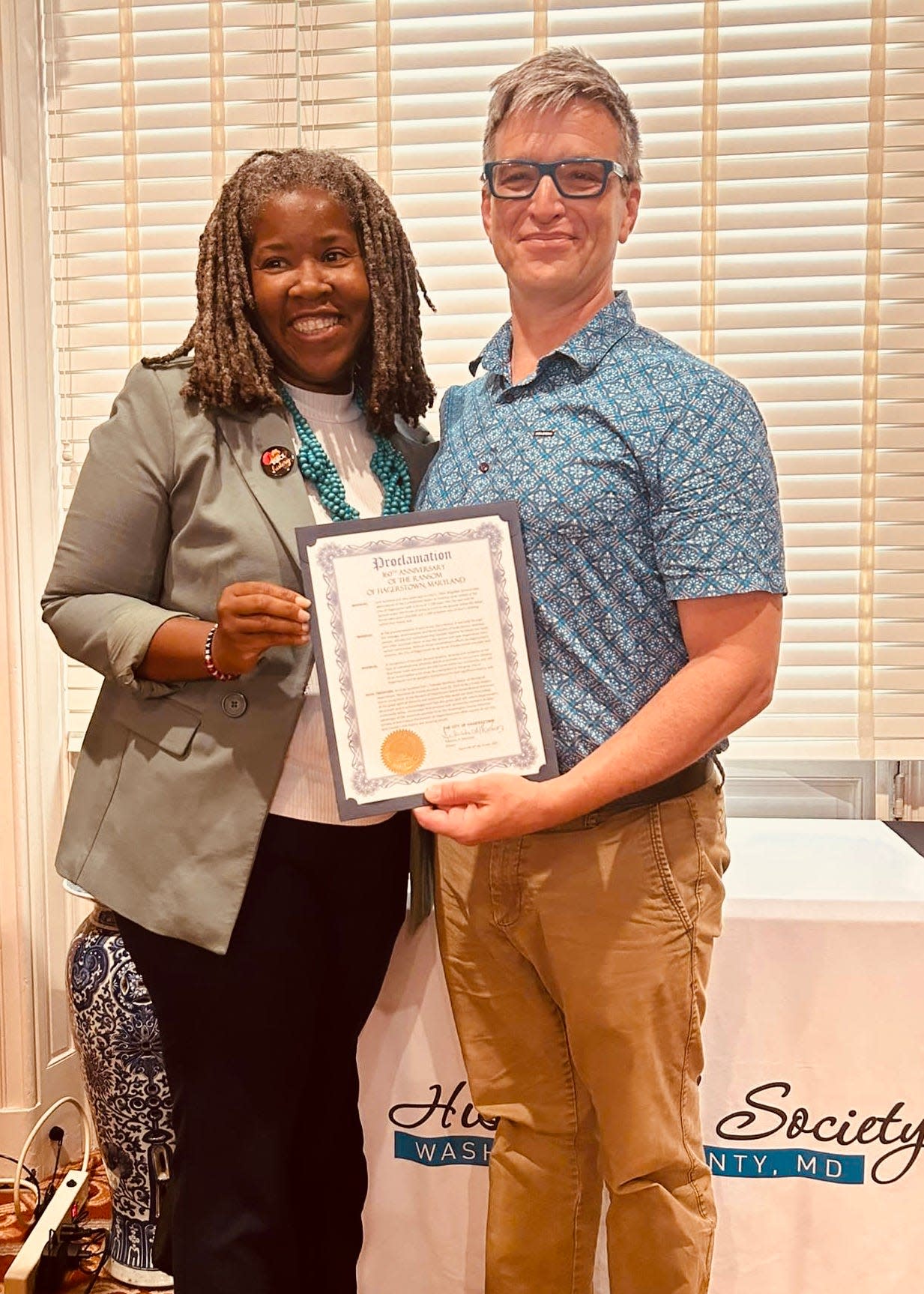
You can see the new exhibit yourself during Miller House Museum tour hours, Fridays and Saturdays at 1, 2 and 3 p.m. For more information and to plan your visit, go to the WCHS website at washcohistory.org/plan-your-visit/.
Zach Brooks is marketing manager and Abigail Koontz is curator and programs manager for the Washington County Historical Society.
This article originally appeared on The Herald-Mail: New historical society exhibit marks anniversary of Hagerstown ransom

